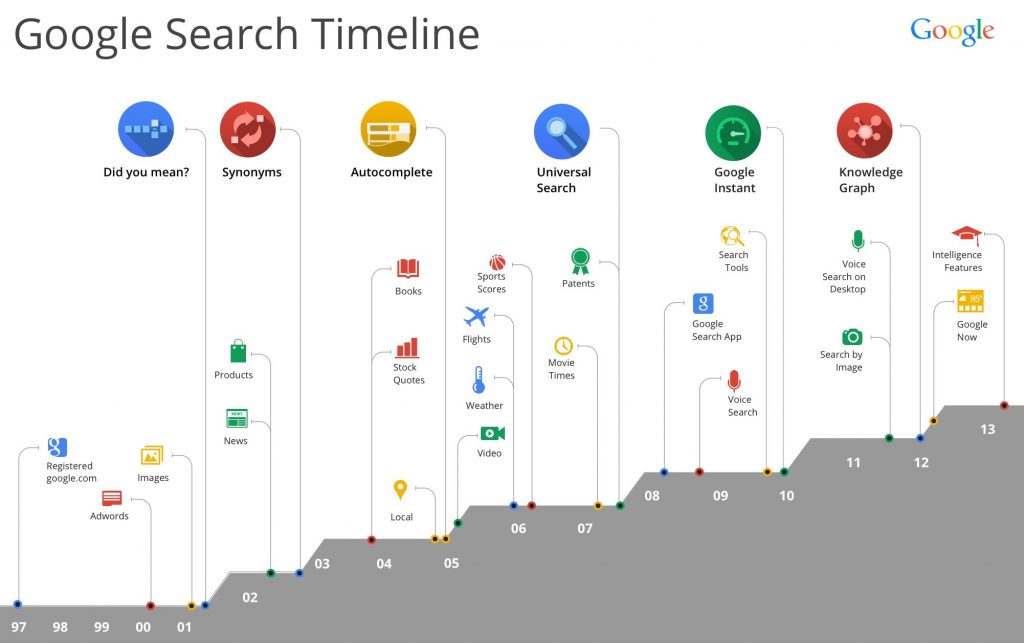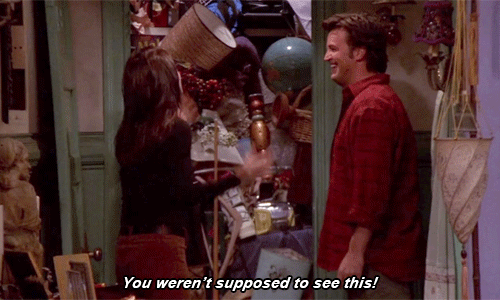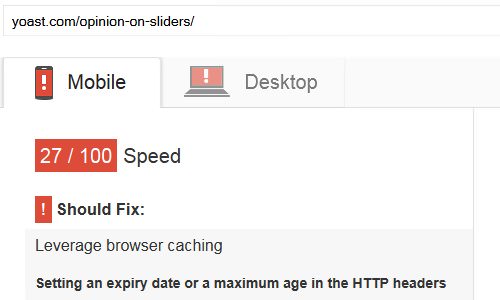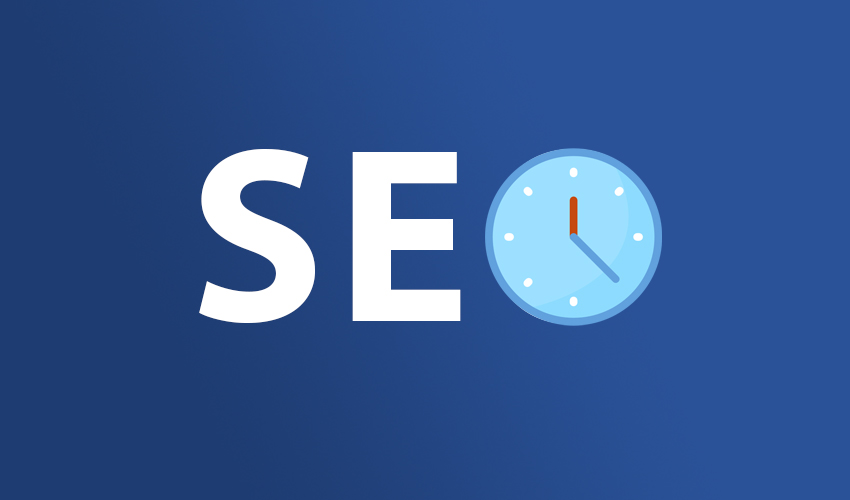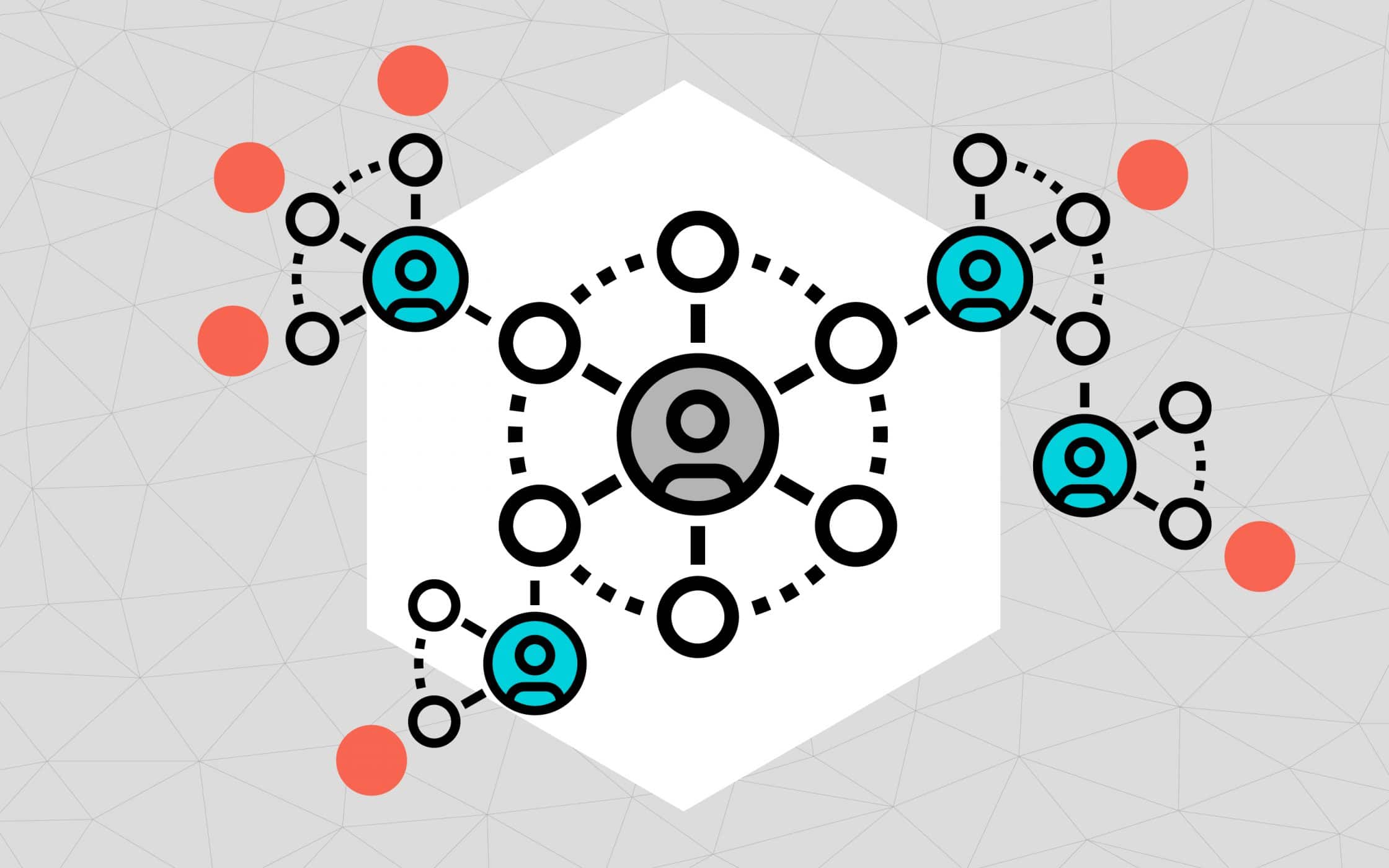The best practices within the world of SEO have been like a roller coaster over the past decade.
Tactics that would once take you to the greatest heights of search engine success will now doom your website to a cyberspace purgatory where finding your website is more difficult than tracking down Jason Bourne.
Because of the constant fluctuation of best practices and the ever present danger of getting slapped with a penalty from Google, many marketers are starting to play it safe.
They avoid or downright ignore the power of advanced on-site SEO for fear that their efforts will be seen as manipulative and damage their overall ranking.
But it shouldn’t be this way.
By addressing a few on-site problems that most of you probably don’t even know you have, you can drastically boost your SEO ranking in record time.
1. Your Root Folder Confuses Google’s Crawl Function
The Problem
This particular problem, although it might be tedious, is actually a relatively easy fix that will have a drastic impact on your ranking.
Your root folder is probably one of the most overlooked aspects of your site.
I want you to imagine for a moment, that you are cleaning your house or apartment.
If you are anything like me, then odds are, whenever you find an object that you don’t want to throw away, but also don’t know where to put it, it goes in one place.
The dark, dimly lit closet at the end of the hall.
I know, in the moment it seems like a great place to store everything.
However, inevitably, there will come a time a few months down the line when you will need to find something from the closet and will only have a few minutes to do so.
And then?
Catastrophe.
This is what a cluttered root folder does whenever Google crawls your website.
You see, most website owners and optimizers have this lazy tendency to simply discard old and unused files into the root folder without much thought.
And while this might not seem like a problem at the time, nothing could be further from the truth.
You see, when Google crawls your site, it only does so for a few seconds.
And although those old files are not in use, Google still takes note of them while crawling your website.
This damages the overall relevancy of your site and diminishes the important information on your site.
The Solution
Simple! Time to get out your garbage bag and start cleaning.
Create a directory named “old-files” and then sort all of your old and unused files into it.
Also, make sure that you organize your media files and subdirectories and take the time to update all of the addresses in the code.
To accomplish this step, simply run a broken link checking software like Xenu Link Sleuth to find any links that need to be changed.
Once you have done this, all that is left to do is to update your robot.txt file with this command.
Disallow: /old-files/
Closet cleaned!
2. Your Site Loading Speed is Damaging UEO
The Problem
UEO or user experience optimization is an essential factor that Google considers when ranking your site against your competitor’s.
Google wants users to be able to show up to a website and be able to quickly and easily navigate through the site and find their desired information.
Which makes site load speed a critical component of SEO success.
The problem is, many site owners do not even consider load speed as a pertinent factor in their search engine ranking and therefore focus their attentions elsewhere.
This is a big mistake that is likely damaging your ranking and losing your thousands of visitors a month.
The Solution
The first and most essential step is to measure your site speed using Google’s PageSpeed Insights or a similar tool.
Like Peter Drucker said “What gets measured gets managed” and if you don’t know how your site is currently performing, you will have no idea how to properly fix it.
Once you have run the initial test and made the recommended changes, there are four steps I recommend you take to boost your site speed even further.
1. Optimize all of the images on your site
This is a simple step that will have a big impact. Just use a tool like Smush.it and you will be able to give you site the edge it needs to get ahead in the search engine race.
2. Use GZIP to enable compression
Input these lines of code into your htaccess file:
AddOutputFilterByType DEFLATE text/plain
AddOutputFilterByType DEFLATE text/html
AddOutputFilterByType DEFLATE text/xml
AddOutputFilterByType DEFLATE text/css
AddOutputFilterByType DEFLATE application/xml
AddOutputFilterByType DEFLATE application/xhtml+xml
AddOutputFilterByType DEFLATE application/rss+xml
AddOutputFilterByType DEFLATE application/javascript
AddOutputFilterByType DEFLATE application/x-javascript
3. Assign an expiration date to your files
Input the following lines of code into your htaccess file:
<IfModule mod_expires.c>
ExpiresActive On
ExpiresDefault “access plus 1 month”
ExpiresByType image/x-icon “access plus 1 year”
ExpiresByType image/gif “access plus 1 month”
ExpiresByType image/png “access plus 1 month”
ExpiresByType image/jpg “access plus 1 month”
ExpiresByType image/jpeg “access plus 1 month”
ExpiresByType text/css “access 1 month”
ExpiresByType application/javascript “access plus 1 year”
</IfModule>
Another option is to use a plugin like WP Superchache to easily enable compression.
4. Setup a CDN on your website
A CDN (or content providing network) is a simple service that is normally provided by your site storage provider and typically pretty straightforward to get set up.
3. Your Site Appears Malicious Due to Lack of Transparency
The Problem
Imagine that you are a parent and you find a chest hidden under your child’s bed, fastly secured with a wide variety of different locks.
If you are unable to get the chest opened, and your child will not tell you what they have placed inside, you are going to be forced to assume that they are hiding illicit materials of some kind.
This is the same sort of assumption that Google takes whenever it notices the presence of blocked files or code elements on your website.
Even if the content is completely benign, Google will almost always err on the side of caution (rightfully so) and assume that the files are hiding malicious content.
The Solution
There are a number of different steps that you need to take to make sure that your site is as transparent and “Google-friendly” as possible.
Once you have ticked all of the boxes on the following checklist, your site will appear much more benign and authentic for ranking purposes.
1. Do not block JS or CSS files on robot.txt
While the exact reason for their concern is unclear, this particular issue is very important to Google.
Be sure that none of your JS, CSS, or template files are blocked and you will immediately increase your standing in Google’s eyes. Check with your host customer support to ensure that no blocking is taking place. Even the best hosting companies get this wrong from time to time, so always check.
2. Do not block your image directory
While Google cannot ‘read’ images, their presence is still extremely important to your overall ranking.
If your block your image directory, all of your image files will immediately become unindexed.
This means that the amount of content that you have classified under your site will immediately decrease.
Even though there is no concrete evidence about how this will affect your site’s ranking, at the very least unblocking your image directory will increase traffic from Google’s image search.
3. Regularly scan and check for issues
Be sure to regularly review Google’s Webmaster Tool and see if there are any issues under the “Security” tab.
I also recommend that you use a scanning tool on a monthly basis to ensure there aren’t any issues slipping past you.
Conclusion
By using the above tips, you will be well on your way to fully optimizing your on-site SEO.
However, even though the above tips will help you improve your on-site SEO, your work is never finished.
If you want to keep your site ranked highly, then you need to commit to constant and never ending on-site maintenance.
So implement the above 3 tips and keep a weathered eye on the horizon moving forward.
What on-page SEO issues have damaged your performance in the past? Drop me a line in the comments section below.

